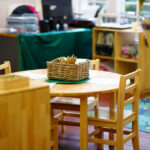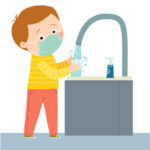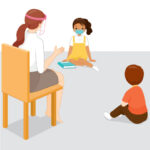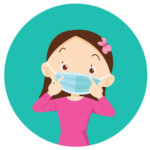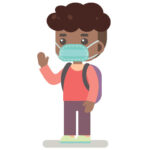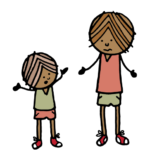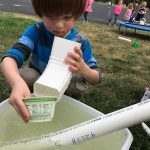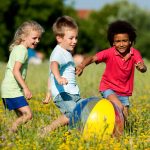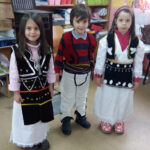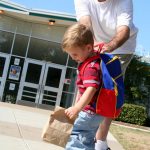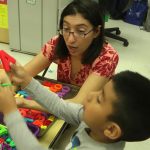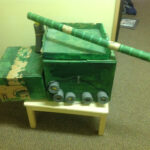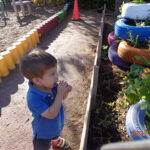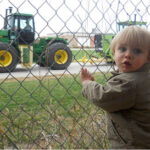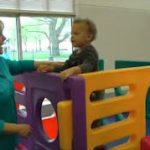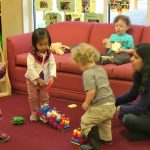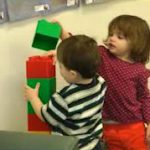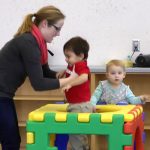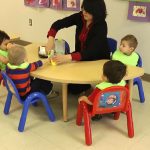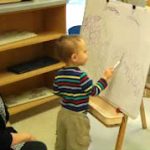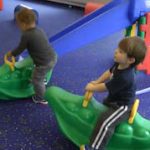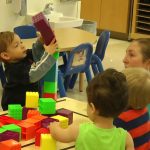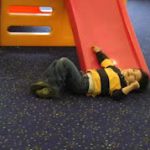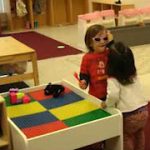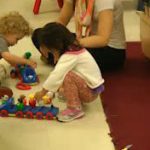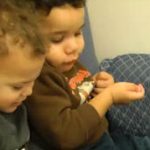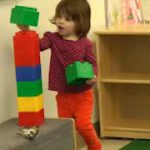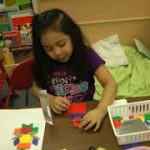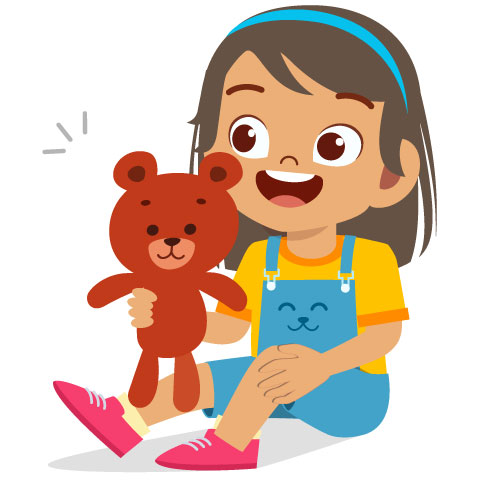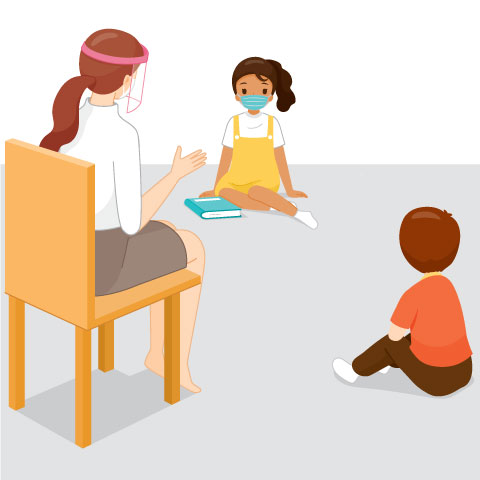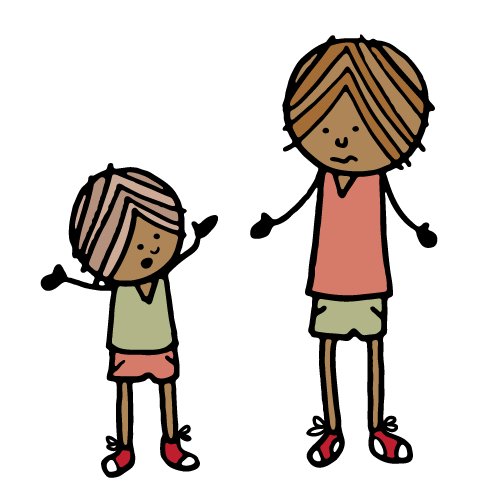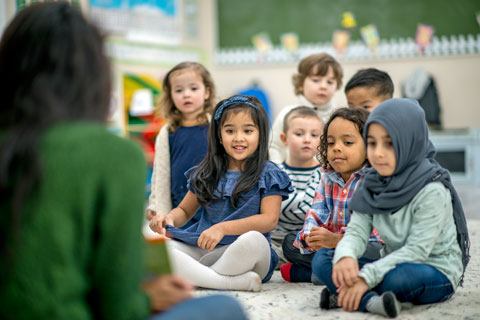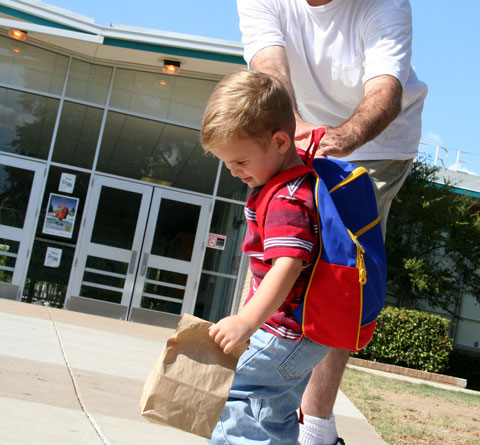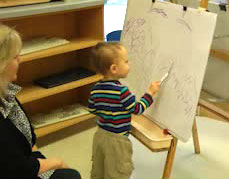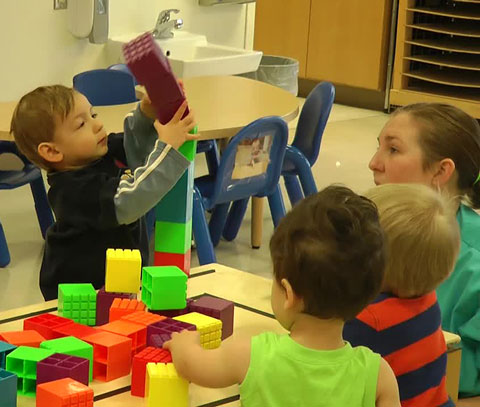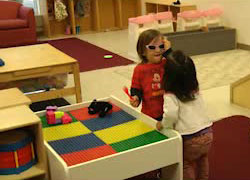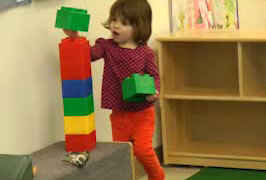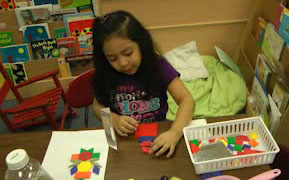Keyword: Best Practices
-
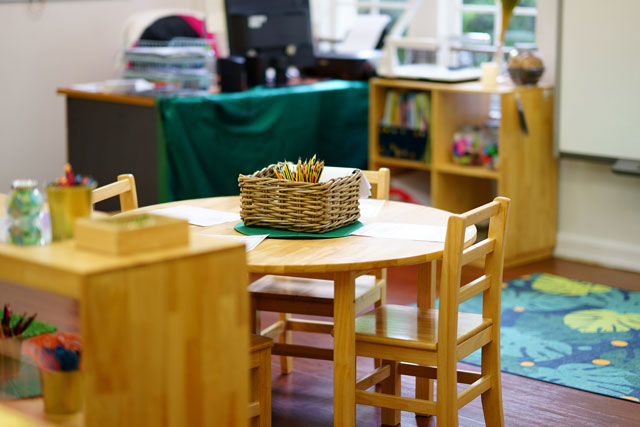
Quality in Early Childhood Education
This Q&A explains how quality is measured for early childhood education, what the Quality Rating & Improvement System (QRIS) is, and how program or school accreditation relates to quality.
-

National Organizations
The following national organizations and agencies provide information and resources related to early learning.
-
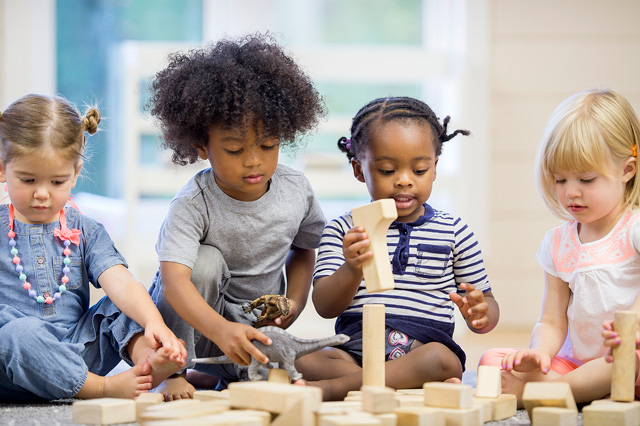
Developmentally Appropriate Practice
Developmentally appropriate practice (DAP) promotes the development (social, emotional, physical, health, cognitive) and general learning of each child served. Developed by the National Association for the Education of Young Children (NAEYC), the 2020 Developmentally Appropriate Practice (DAP) Position Statement gives educators guidelines and recommendations for implementing DAP with children ages birth through age 8. This…
-
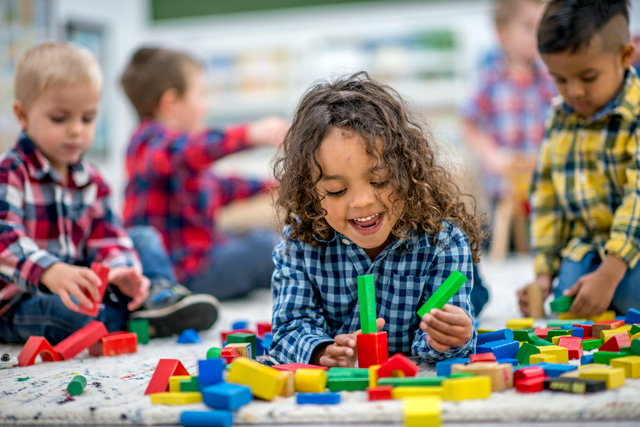
Developmentally Appropriate Practice 101
Developmentally appropriate practice (DAP) was developed in the 1980s to give early childhood educators a framework of high-quality and appropriate teaching practices for young children. DAP are learning experiences that promote the development (social, emotional, physical, health, cognitive) and general learning of each child served. NAEYC’s 2020 Developmentally Appropriate Practice Position Statement gives educators guidelines…
-

Inclusive Practices and Remote Learning
During the Covid-19 pandemic, some early childhood professionals have transitioned to remote learning. This has been a new way of teaching young children for many early childhood educators. While learning remotely, children with disabilities continue to require the accommodations, modifications, and support noted in their IFSP/IEPs. This toolkit will support teachers with ideas for anytime…
-

Problem Solving
This section describes how infants and toddlers learn to solve problems and consider the results of their actions.
-

Persistence, Effort, & Attentiveness
This section describes how infants and toddlers use their early experiences to develop the ability to focus on and complete simple tasks.
-

FREE Professional Development Online for Early Childhood Educators
We have curated a list of free professional development opportunities that you can attend from your home
-

Keeping Healthy and Safe: Fighting Germs
Young children are learning the importance of clean hands and clean environments. Adults can support them with simple explanations, visual supports, and practice.
-
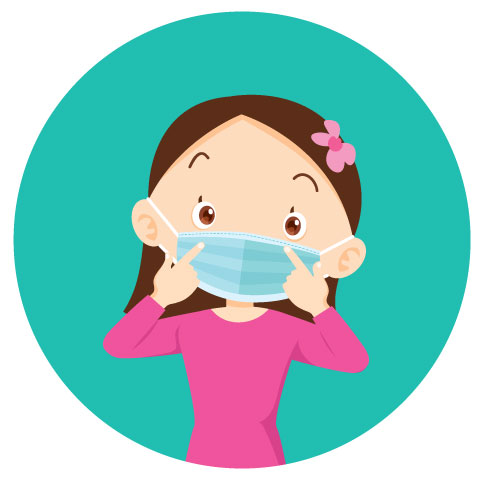
Keeping Healthy and Safe: Face Coverings
Young children are learning to wear face coverings and to see others wearing them. Adults can support them with simple explanations, visual supports, and practice.
-
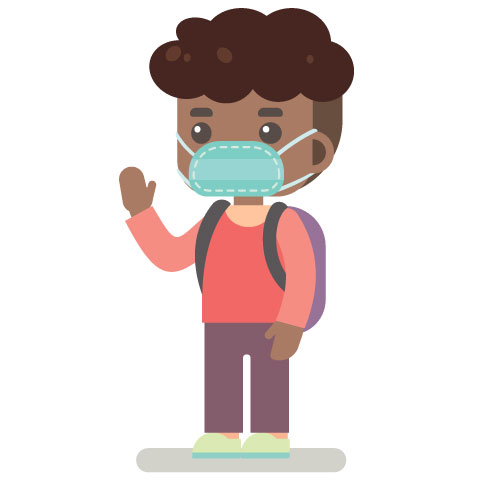
Keeping Healthy and Safe: Physical Distancing
Young children are learning to sit or stand six 6 feet apart from each other, when possible. Adults can support them with simple explanations, visual supports, and practice.
-
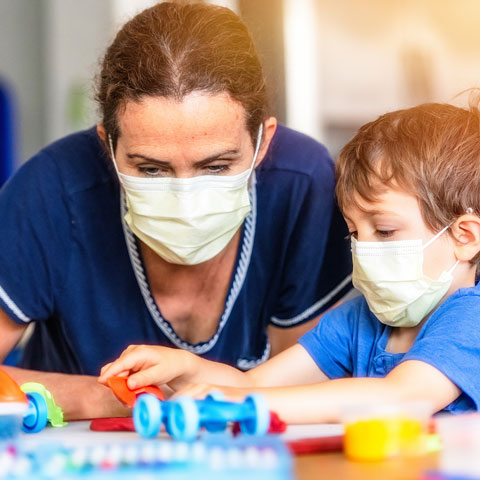
Getting Your Child Ready to Return to Childcare
Along with most states in the country, Illinois experienced a shelter-in-place order for several weeks and then started a phased reopening. For many families, this meant their young children did not attend childcare or preschool programs for an extended period of time. If they did keep attending childcare, practices at their childcare centers likely changed.
-

Illinois Organizations
Organizations serving Illinois
-
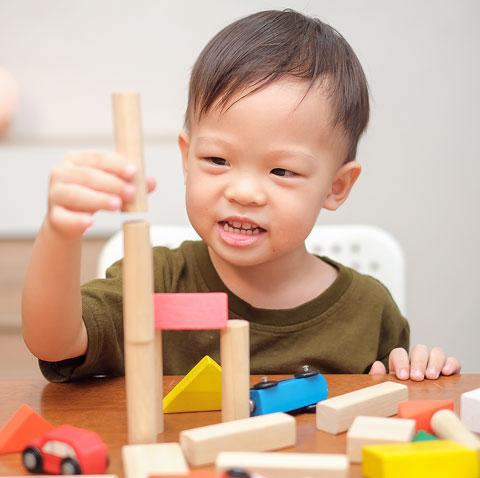
An Introduction to Montessori Education
On this podcast we talk with Dr. Natalie Danner, the LaVonne Kopecky Plambeck endowed chair of Montessori education at the University of Nebraska at Kearney.
-

The Impact of Trauma on the Lives of Young Children (Part 2)
On this podcast we are joined by Dr. Deserai Miller.
-
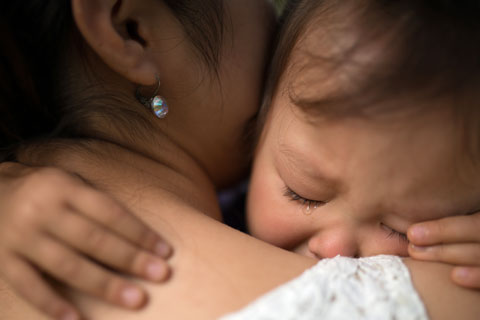
The Impact of Trauma on the Lives of Young Children (Part 1)
In this podcast we interview Dr. Catherine Corr from the University of Illinois at Urbana-Champaign.
-
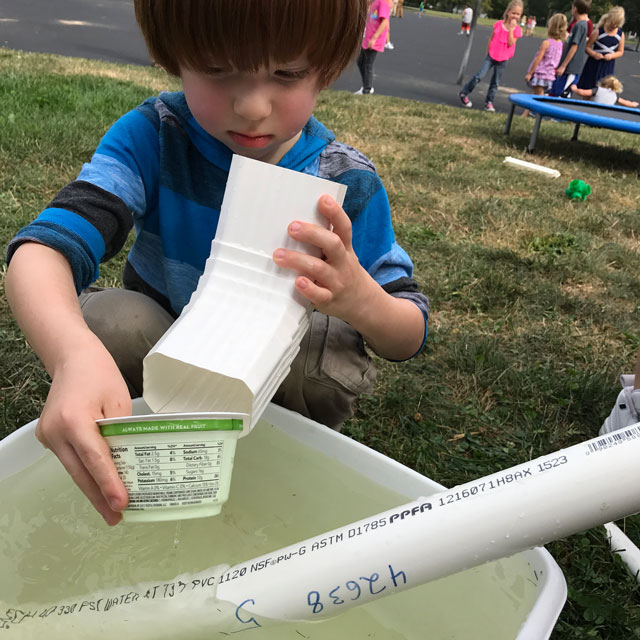
“Where Does the Water Go?” Investigating Pipes and Plumbing
Kim Burd and Laura DeLucaJohn L. Hensey Elementary SchoolWashington, IL The Pipes Project took place in an inclusive early childhood classroom that holds two sessions each day; children attend only one session. The classroom also has an assistant teacher. The curriculum is play-based and experiential in nature. Topics of study are chosen based on children’s…
-

Pass the Ball Versus Pass the Remote: Supporting Preschoolers’ Physical Activity
Nationally we have witnessed increased rates of childhood obesity and the use of technology by young children, which has resulted in less time engaged in physical activity.
-

Choose Good Books That Accurately Reflect Cultures and Home Languages
When teachers and child care directors are seeking new books to add to classroom libraries, it’s important to think intentionally about the children and families who will be reading those books.
-
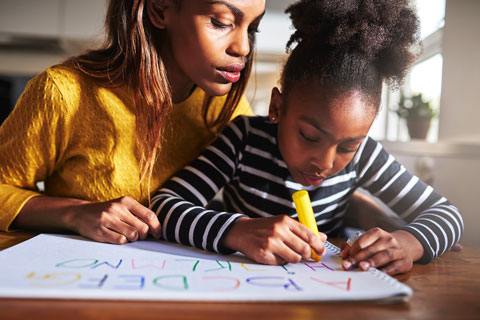
Diverse Families and the Transition to Kindergarten
This podcast is an interview Dr. Sarai Coba-Rodriguez, an assistant professor of educational psychology at the University of Illinois at Chicago. In her research, she uses a family resilience perspective to learn about school readiness and family involvement among low-income Latino and African American families, including their beliefs and practices that promote young children’s successful…
-
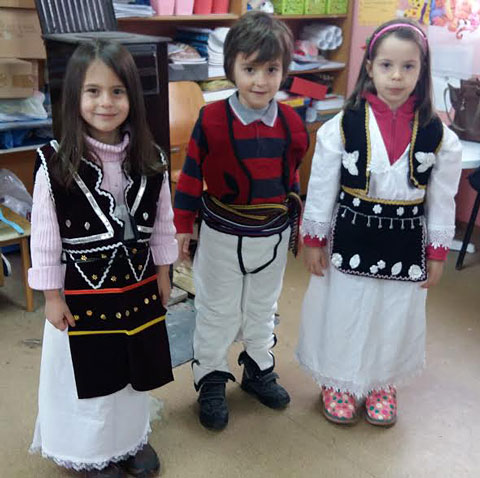
Traditional Costumes Project
Şermin Metin, Nilüfer Darıca, and Zerrin MercanHasan Kalyoncu University, Gaziantep, Turkey The Traditional Clothes Project was the result of a research study that was undertaken in Pristina, the capital and largest city in Kosovo. The aim of the research study was to provide training for Kosovan Turkish teachers to embed 21st century skills in their…
-
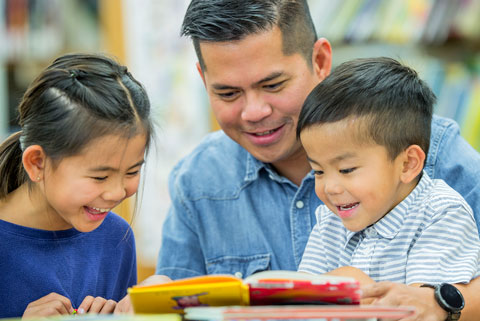
Preventing That Summer Slide
Increasing young DLLs’ language skills and vocabulary in their heritage language is important for learning future academic skills.
-
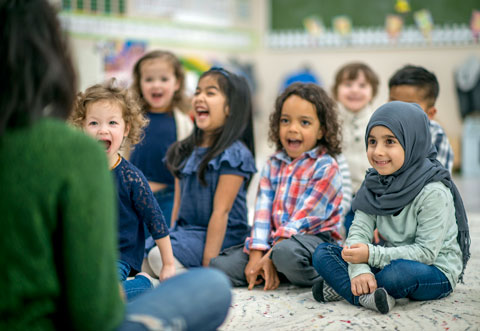
Adjusting Pace and Location of Project Work
By adjusting the pace and location of the project work to the developmental levels and experience of the children, teachers can begin to engage them in project work soon after they join the class, even at the beginning of the school year.
-

Talking About Numbers and Letters
In this video, 4-year-old Martín plays with letters in a bilingual prekindergarten classroom, where teachers provide instruction in both Spanish and English.
-
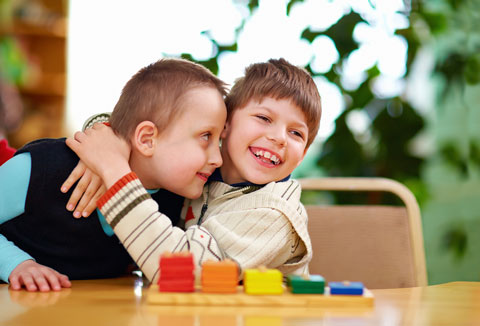
Inclusive Early Childhood Programs: How One School District Creates a Place for All Young Children
This podcast contains an interview with Ms. Crystal Vowels about inclusive early childhood programs. Ms. Vowels is the principal of the Urbana Early Childhood School in Urbana, IL. In this interview, Ms. Vowels and IEL staff member Dr. Rebecca Swartz discuss key aspects of inclusive early childhood programs including collaboration, curricular adaptations, and interdisciplinary teaming.…
-

Best Practices for Infant and Toddler Care
This resource list contains sources which can aid teachers and caregivers in selecting the best practices for infant and toddler care.
-
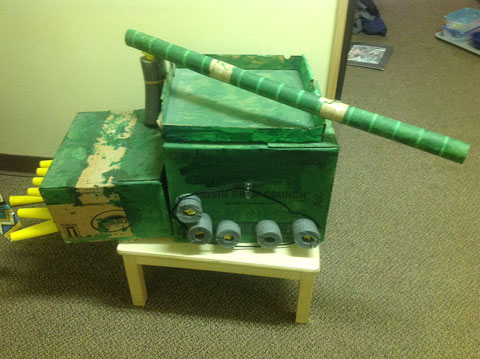
The Combine Project: Using a Museum Experience to Enrich Project Work
Angie HerringtonSt. Ambrose University Children’s CampusDavenport, Iowa This project was undertaken in the Dragonfly classroom at the St. Ambrose University Children’s Campus in Davenport, Iowa. The Children’s Campus serves children ages 2 months to 5 years old. The Children’s Campus teachers begin exposing children to inquiry-based learning in the infant room. Consequently, many of the…
-
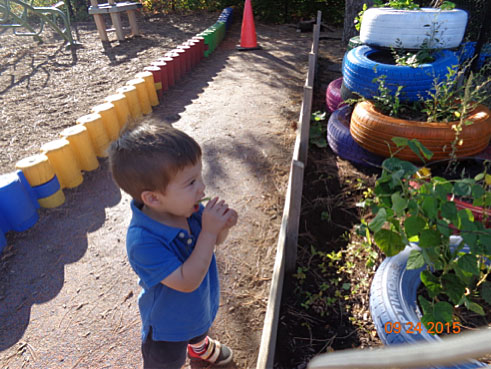
Garden Project Sprouts From Simple Question: “What’s That?”
Mary Klug, Deb Wintrip, and Simone HaughtonOwl Child Care Services–Lincoln RoadWaterloo, Ontario The preschool Garden Project started mid-April 2015, while the new shoots where coming up out of the ground. The project lasted until late August 2015, when the harvesting of our garden was completed. The preschool children ranged from 2.5 to 4 years old.…
-
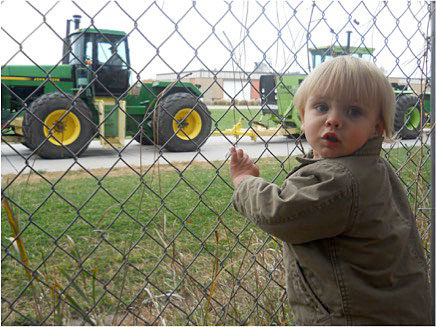
The Tractor Project: Noisy Neighbors Lead to Investigation
Erin Hamel, Mollie von Kampen, Sara Dolezal, Brianna Kennedy, Ashley McConnell, and Jordyn NikkilaRuth Staples Child Development LaboratoryLincoln, Nebraska The Tractor Project was completed in the younger classroom of the Ruth Staples Child Development Laboratory at the University of Nebraska–Lincoln. The laboratory serves children ages 18 months through 5 years old. This classroom includes children…
-
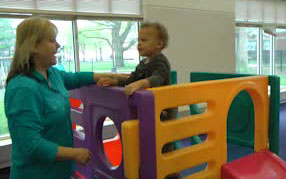
You Made It
This video takes place in the gross motor room of a university laboratory child care and preschool. This room is used for gross-motor activities by all classrooms in the center during inclement weather. Max (21 months) is trying to get up the climber, and the teacher helps him get to the top.
-
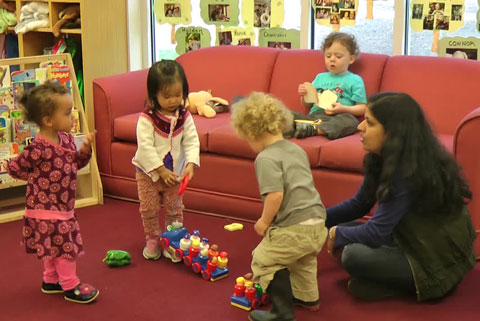
Two Trains
Sadie (26 months) pulls two trains across the carpet and sits down on the teacher’s lap. Sadie and the teacher are talking about the two trains while Daniel watches. Daniel reaches down to take the handle of one of the trains, to which Sadie objects. The teacher then asks Sadie to give one of her…
-

A Tower Together
The teachers provided balance in both supporting Anna and allowing her space to work through situations independently. She followed Anna’s reactions and did not intervene too early.
-

The Step
The teacher provides Alicia with support to move the bolster and supervises her so she can safely use it as a step.
-
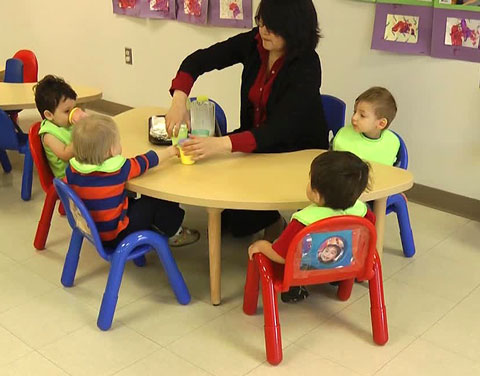
Snack Time
This interaction demonstrates the teachers’ cooperation and understanding of their roles in classroom management. It also demonstrates appropriate teacher-child interactions at the snack table.
-
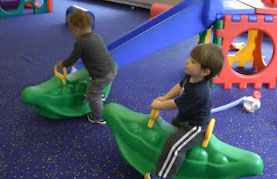
Pea Pod Rockers
Max (21 months) and Kenyon (27 months) are near the pea pod rockers, attempting to climb onto them. The teacher steps in to assist Max in climbing onto the rocker. She offers guidance to him and is close to him as he tries to climb onto the rocker.
-
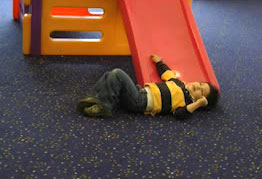
Let’s Get Up
Micah (30 months) is lying on the ground next to the slide. The teacher leans down and teasingly touches both of his hands before lifting him up to his feet. Micah walks over to the corner, picks up a ball, and throws it off-camera to the teacher, who tosses it back. Micah had shown very…
-
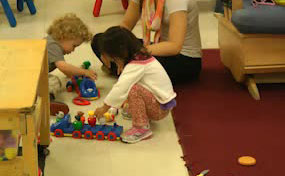
Filling the Trains
This video takes place in a toddler room of a university laboratory child care and preschool. Daniel (25 months) and Sadie (26 months) are playing with trains and putting people back into their trains. The teacher is nearby talking with them, narrates their activities, and helps Sadie to see that she needs to put the…
-
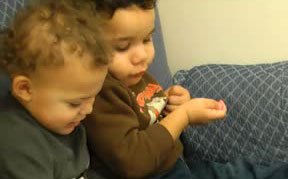
Down There
The video takes place in a toddler room of a university laboratory child care and preschool. Max (19 months) and Levi (27 months) are in the glider chair looking at a nursery rhyme book together. They are engaged in the books for a short while and then begin to rock the chair together. The nearby…
